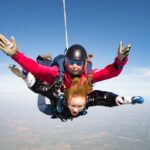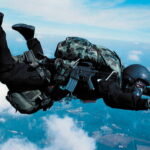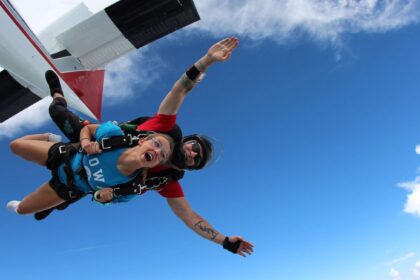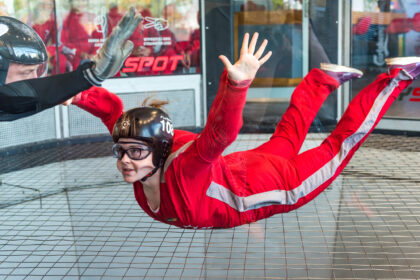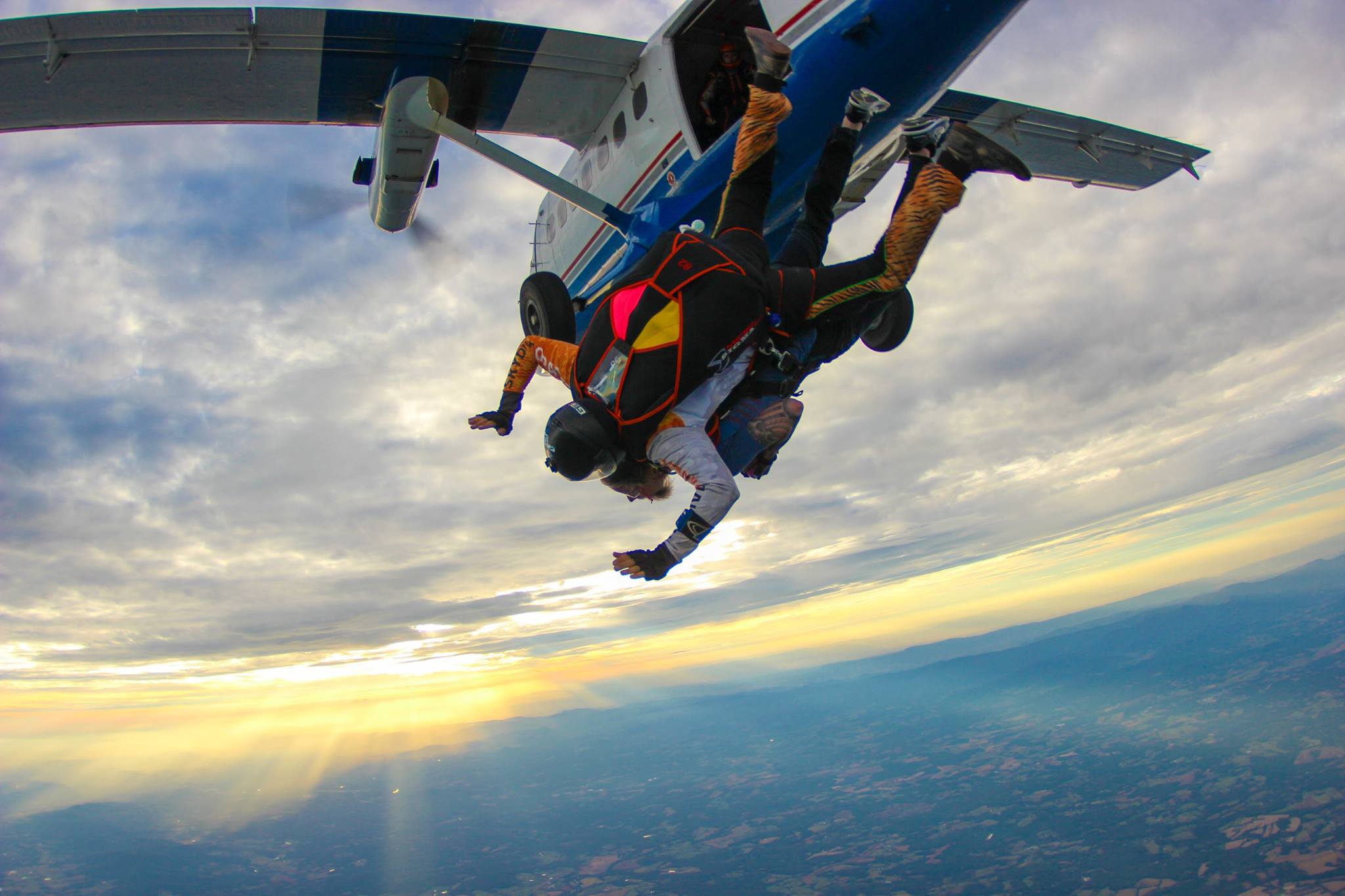Skydiving is the ultimate adventure for thrill-seekers, first-time jumpers, and adrenaline enthusiasts alike. But one of the most common questions for anyone considering a skydive is: how high do you skydive from? Understanding the different skydiving altitudes not only sets your expectations for the experience but also helps you prepare mentally and physically for your jump.
- 1. The Average Skydiving Altitude: 10,000 Feet
- Table of Contents
- 2. Tandem Skydiving: Ideal Heights for Beginners
- 3. High Altitude Jumps: Pushing the Limits
- 4. HALO Jumps: Beyond the Ordinary
- 5. Extreme Altitude Jumps: 40,000 Feet and Beyond
- 6. Factors That Influence Skydive Altitude
- Quick Skydiving Heights Table
- 7. Frequently Asked Questions (FAQ) About how high do you skydive from
In this guide, we’ll explore seven incredible heights for skydiving, from beginner-friendly altitudes to extreme high-altitude jumps that push the limits of human adventure.
1. The Average Skydiving Altitude: 10,000 Feet
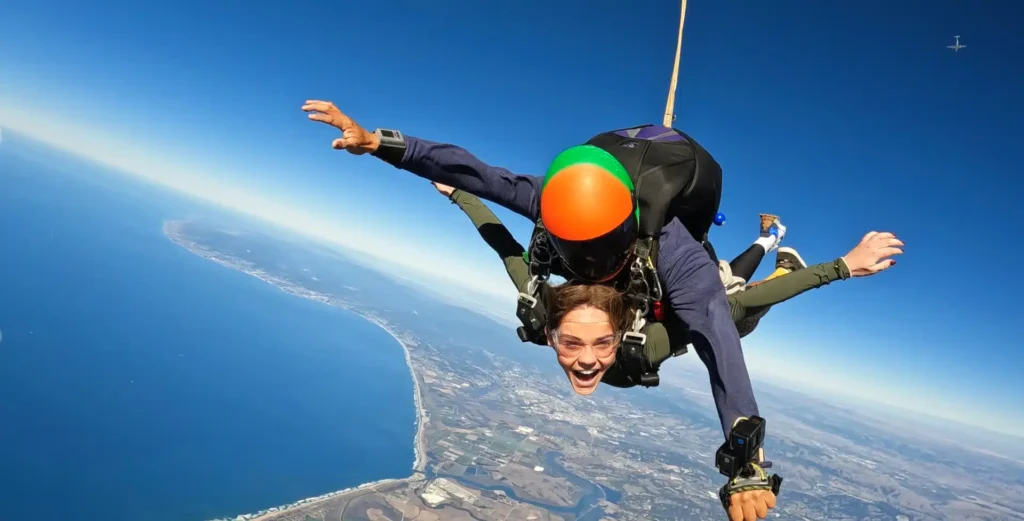
Table of Contents
For most recreational skydivers, the standard jump altitude ranges between 8,000 and 14,000 feet, with 10,000 feet being the most common.
- Why this height?
It offers a perfect balance between a thrilling freefall and manageable canopy time. - Aircraft limitations:
Small aircraft like the Cessna 182 or Twin Otter are commonly used, and they comfortably reach these altitudes. - Freefall experience:
A jump from 10,000 feet typically gives you around 30–40 seconds of freefall before deploying your parachute.
Beginner skydivers often start here for a safe yet exhilarating first jump.
2. Tandem Skydiving: Ideal Heights for Beginners
Tandem jumps are perfect for first-time skydivers who want the thrill of freefall without the responsibility of controlling the parachute.
- Typical altitude: 8,000–14,000 feet
- Why tandem?
Your instructor manages the jump, allowing you to focus entirely on the experience. - Thrill factor:
Even at beginner altitudes, the freefall gives an adrenaline rush that most never forget.
This range is carefully chosen to maximize both safety and the thrill of skydiving, making it ideal for adventure travelers and casual tourists.
3. High Altitude Jumps: Pushing the Limits
Once you’re comfortable with basic jumps, high altitude skydiving is the next step for more experienced thrill-seekers.
- Typical altitude: 15,000–18,000 feet
- Experience:
Extended freefall times of 50–60 seconds make these jumps more exhilarating. - Requirements:
A little more training and preparation compared to beginner jumps.
High-altitude jumps are often sought after by those who want to feel the longest freefall possible without venturing into extreme zones.
4. HALO Jumps: Beyond the Ordinary
High Altitude Low Opening (HALO) jumps are the stuff of elite military training and extreme skydiving adventures.
- Altitude: 25,000–30,000 feet
- Equipment: Supplemental oxygen is required due to thin air at this height.
- Thrill factor: The extended freefall and high speeds create a heart-pounding experience for experienced skydivers.
HALO jumps are perfect for adrenaline junkies looking for something truly extraordinary beyond recreational skydives.
5. Extreme Altitude Jumps: 40,000 Feet and Beyond
The ultimate skydiving challenge is a jump from 40,000 feet or more.
- Rarity: Only highly trained jumpers attempt this altitude.
- Preparation: Specialized suits, oxygen tanks, and rigorous training are required.
- Experience: Freefall can last over 90 seconds, with temperatures below -50°C.
This is the level where skydiving meets extreme adventure sports, and it’s reserved for record-breaking jumps and elite enthusiasts.
6. Factors That Influence Skydive Altitude
The altitude from which you jump depends on multiple factors:
| Factor | Influence on Altitude |
|---|---|
| Aircraft type | Determines maximum height achievable. |
| Regulations | Local aviation laws may limit jump altitude. |
| Weather conditions | Wind, clouds, and visibility affect safe jump heights. |
| Experience level | Beginners start lower; advanced skydivers may go higher. |
Understanding these factors ensures your jump is safe, enjoyable, and perfectly matched to your skill level.
Quick Skydiving Heights Table
| Jump Type | Typical Altitude | Freefall Duration | Notes |
|---|---|---|---|
| Beginner / Tandem | 8,000–14,000 ft | 30–40 sec | Perfect for first-time jumpers |
| Standard Recreational | 10,000 ft | 30–40 sec | Most common for adventure travelers |
| High Altitude | 15,000–18,000 ft | 50–60 sec | For experienced thrill-seekers |
| HALO Jump | 25,000–30,000 ft | 60–90 sec | Requires supplemental oxygen |
| Extreme / Record | 40,000+ ft | 90+ sec | Specialized equipment & training |
7. Frequently Asked Questions (FAQ) About how high do you skydive from
Q1: What is the highest altitude for a skydive?
The highest skydive recorded is over 135,000 feet, performed in specialized spacesuits. Recreational HALO jumps go up to 30,000 feet.
Q2: How long does a skydive last at different altitudes?
- 10,000 feet: ~30–40 seconds of freefall
- 15,000–18,000 feet: ~50–60 seconds
- 25,000+ feet: ~60–90 seconds
Q3: Do higher altitudes result in longer freefall times?
Yes. The higher you jump, the longer you freefall before deploying your parachute, giving a more extended thrill.
Q4: Do I need special equipment for high-altitude skydives?
Yes. Jumps above 18,000 feet often require supplemental oxygen and specialized gear for safety.
- How Long Does Skydiving Last
- A future page about skydiving gear and equipment
- A future blog on scoobadive safety tips for beginners
Conclusion
Knowing how high you skydive from helps you choose the right jump for your experience level and thrill appetite. Whether you’re a first-time tandem jumper at 10,000 feet or an extreme skydiver attempting a HALO jump, each altitude offers a unique adrenaline-packed adventure.
Adventure travelers and thrill-seekers alike will find skydiving an unforgettable experience — and the higher you go, the more breathtaking your jump becomes!

